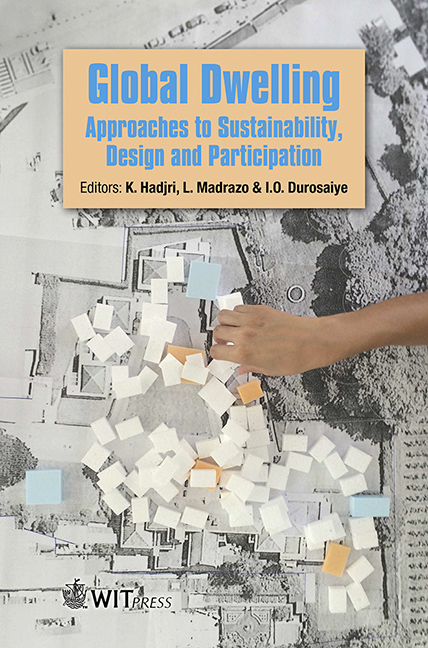Different Approaches In Low-cost Housing Design And Construction
Price
Free (open access)
Transaction
Volume
193
Pages
9
Page Range
137 - 145
Published
2020
Size
259 kb
Paper DOI
10.2495/GD170121
Copyright
WIT Press
Author(s)
D. Aureli
Abstract
Projects by Laurie Baker, Fabrizio Carola, and Samuel Mockbee, three architects whose work is generally considered under the “Low-Tech” label, are especially representative of the evolution of “appropriate technology” as defined by Anthony Akubue in further developing the theory of “intermediate technology” articulated E. F. Schumacher in the 1960s. Javier Mozas, in his essay “The Technological Choice” as an outlook on the world, defines the 1960s’ term intermediate technology as an alternative to the High-Tech approach described by Peter Cook and Frei Otto during the same period. The implication being that appropriate technology and Low-Tech are not second-best options but the most appropriate response to a project’s socio-economic environment. The two approaches, readymade and made in-situ, which can be found in projects by the three architects, can be considered Low-Tech options selected to minimise environmental impact in the design-build process. One approach uses decontextualized, reinterpreted elements, the other a careful selection of material available within few kilometres. Low- Tech, minimisation achieved through in-depth investigation, is geared to guaranteeing appropriate standards of building performance.
Keywords
appropriate technology, low-cost, small-scale, ready-made, made in situ, low-tech, local materials, sustainability pillar





